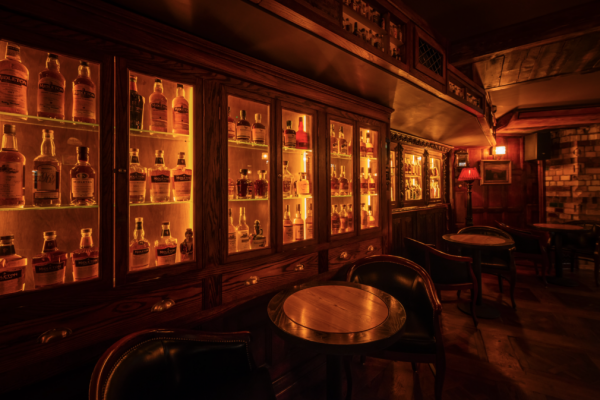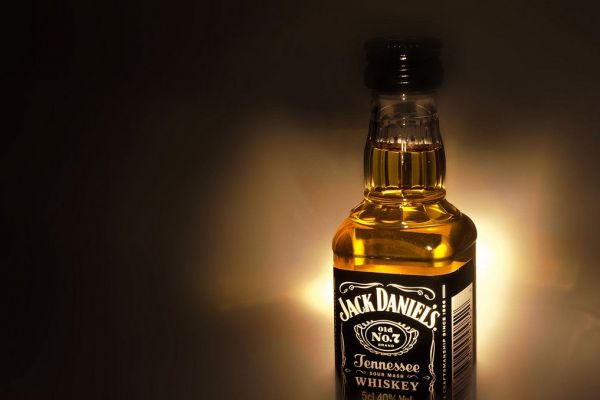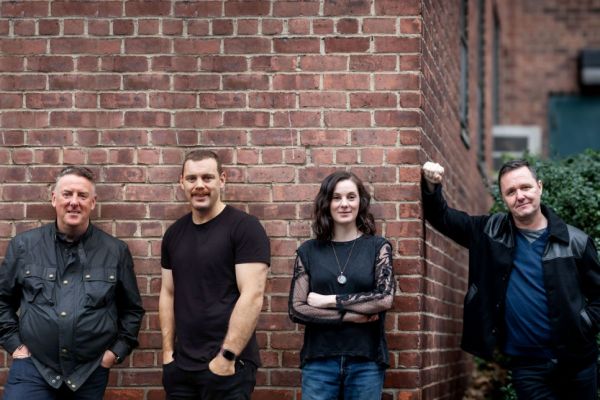Titanic Distillers has announced it has invested almost £8 million (€9.3 million) to convert the Pumphouse, a listed building in the heart of Belfast’s Titanic Quarter, into the city’s first working whiskey distillery since the days of prohibition in the 1930s.
The new distillery will produce single malt premium whiskey made from ingredients that have been carefully selected. A unique house blend of malted barley and yeast is used to produce the ‘wash’ which is then distilled in the three Forsyth’s stills, situated on a mezzanine floor overlooking the Pumphouse’s original Gwynne pumping engines which are deep in the building’s pump-well.
Thompson Dry Dock
The Thompson Dry Dock first opened in 1911 to service and accommodate the White Star transatlantic liners Olympic and Titanic.
All of the original pump equipment and associated internal historic features in the adjacent Pumphouse have been retained and are available to view as part of the associated visitor tours, while the exterior includes a new food and beverage area.
'Growing Global Demand'
Having been granted its distillers license to produce spirits last week, the shiny new copper stills are now up and pouring at the distillery, under the supervision of head distiller Damien Rafferty.
“Outside of the site’s massive tourism appeal and historic significance, it is important to recognise that, from this moment forward, we are now a working distillery in which we will be producing our own products to build on our success to date and make the most of the growing global demand for Irish whiskey,” said Stephen Symington, director of Titanic Distillers.
Exhibition Centre
Titanic Distillers at Thompson Dock is within walking distance of Titanic Belfast, the world’s biggest Titanic exhibition centre and Northern Ireland’s number one tourist attraction.
The centre had more than 800,000 visitors per annum in the days before Covid-19.









